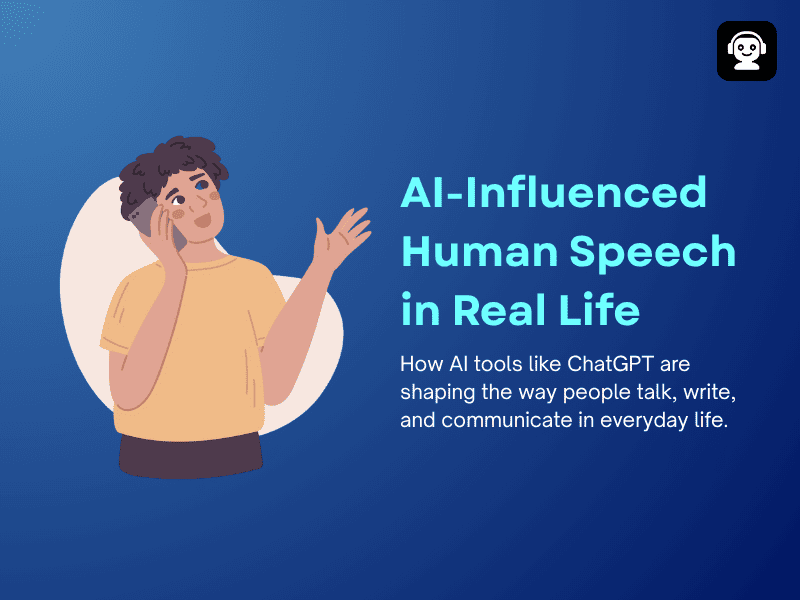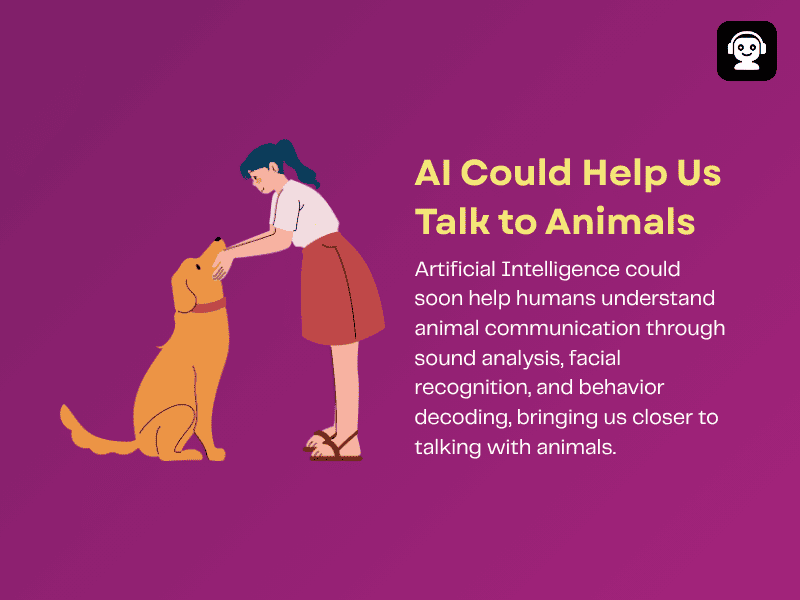New Microsoft AI cybersecurity system 2025: Alerts and Acts on Malware Risks
In an era of rising malware risks, the new Microsoft AI cybersecurity system is reshaping the security of enterprises

In an era of rising malware risks, the new Microsoft AI cybersecurity system is reshaping the security of enterprises with AI-powered intelligence that not only alerts but also acts on it. Microsoft is leveraging AI to automate the detection of threats and respond to them, as digital threats are rising in sophistication and scale.
The main focus is now automated malware defense and not just protection that will help to detect malicious code in real time. The Microsoft AI cybersecurity system is created to predict, analyze, and mitigate cyberattacks before they grow into full-scale attacks- across servers, endpoints, and the cloud landscape.
Created for Real-time responses
The capability of Microsoft AI cybersecurity system to give real-time responses makes it different from others. It not only has the power to instantly trigger auto-remediation processes but also sends alerts to IT groups that are overworked. This involves killing malicious processes, quarantining devices, and taking back unauthorized system changes.
This is the type of smart technology that is evolving the path of enterprises handling digital incidents. The results showcase automated malware defense that works 24/7, even when the security is overwhelmed by fake positives or they are offline.
An intelligent shield against growing threats
Machine learning now leads to security, it is because of the Microsoft AI system. This system uses historical data and behavioral analytics to analyze unknown digital threats, unlike other traditional antivirus tools, which depend totally on signature-based detection. This transformation of AI-based threat protection makes sure that the new cyber variants don’t fall through the cracks.
The system of Microsoft can build threat profiles that can immediately separate infected systems and start their recovery operations because of its collection of data from various daily signals, without any human interaction. Microsoft is at the frontline of the charge, and this is the promise of AI for endpoint security.
Detection of threats, not just prevention
The Microsoft AI cybersecurity system is proactive, and other traditional cybersecurity systems are reactive. It immediately scans for anomalies, leverages AI to advise digital threats before they can cause any harm, and correlates signals from disparate systems. It is now more about reacting to breaches and more about anticipating them.
This proactive technology makes it the most specialized solution for AI for endpoint security, as it helps companies to detect threats they don’t even know exist yet.
Incorporation across the ecosystem of Microsoft
The Microsoft AI cybersecurity system is not just a solution for cyberattacks, but it is integrated deeply into Azure Security Center, Microsoft 365 Defender, and Microsoft Sentinel. This enables it to protect assets across endpoints, cloud platforms, emails, apps, and identities.
This defense interconnected route of Microsoft’s AI engine makes it more powerful. It increases the visibility of cross-systems, showcases a unified threat environment view, and supports AI-based threat protection from the edge to the cloud.
Flexible learning with each attack
One of the main aspects of the Microsoft AI is its loop of adaptive learning. It gets smarter with more data it consumes. Every attack comes as feedback to its model, which it learns, decreasing fake alarms and increasing detection accuracy over time.
This constant learning loop provides automated malware defense from a worldwide threat intelligence perspective, as there are over 60 trillion signals daily across the ecosystem of Microsoft.
Authorizing human analysts with artificial intelligence
Microsoft has not completely automated systems and sidelined human analysts. Instead, the Microsoft AI cybersecurity system increases and helps in their decision-making via root cause analysis, summaries that are AI-powered, and automated correlation of attacks. This helps the teams of security make sure that they look after the incident that matters the most first.
This AI-human collaboration streamlines resolution and investigation, which enhances productivity while reducing burnout, which is known to be a common problem in the modern SOC (Security Operations Center) landscape.
A system that transforms with the threat environment
Cybercriminimals keep transforming. So, should the defences. The Microsoft AI cybersecurity system keeps receiving constant updates informed by telemetry from Microsoft users, global threat intelligence, and coordinated intelligence sharing with other tech giants.
This huge relevant pipeline makes sure that AI-based threat protection remains updated and can handle ransomware campaigns, deal with targeted attacks with precision and speed, and handle zero-day exploits.
Read More: Google’s Coding Agent Jules Leaves Beta in 2025: Your New AI Teammate Awaits
Read More: Inside the New Microsoft AI Hiring Strategy: Engineers Are Leaving DeepMind in 2025
Conclusion: The AI system of Microsoft is the solution for cybersecurity tomorrow
The Microsoft AI cybersecurity system is redefining the cyber threat environment and not just detecting and reacting to it. By providing adaptive, intelligent, and automated protection, Microsoft is enabling companies to transform from defensive postures to proactive security strategies.
With cross-platform involvement, unique telemetry, and real AI for endpoint security, the solution provided by Microsoft is placed as a worldwide leader in the AI-based threat protection of the next generation. The question for businesses analyzing digital evolvement is not whether to adopt it, but how soon they can.
FAQs
What is the Microsoft AI cybersecurity system?
An AI-powered, real-time defense platform that protects organizations from digital threats and malware.
Is this system a part of Azure or Microsoft 365?
Yes, it is incorporated with Sentinel, Microsoft Defender, and Azure Security Center.
How does it offer automated malware defense?
By immediately separating, analyzing, and equalizing malware threats across the interconnected systems.
How does it leverage AI for endpoint security?
Through predictive alerts, behavioral analysis, and automated threat remediation on devices.





